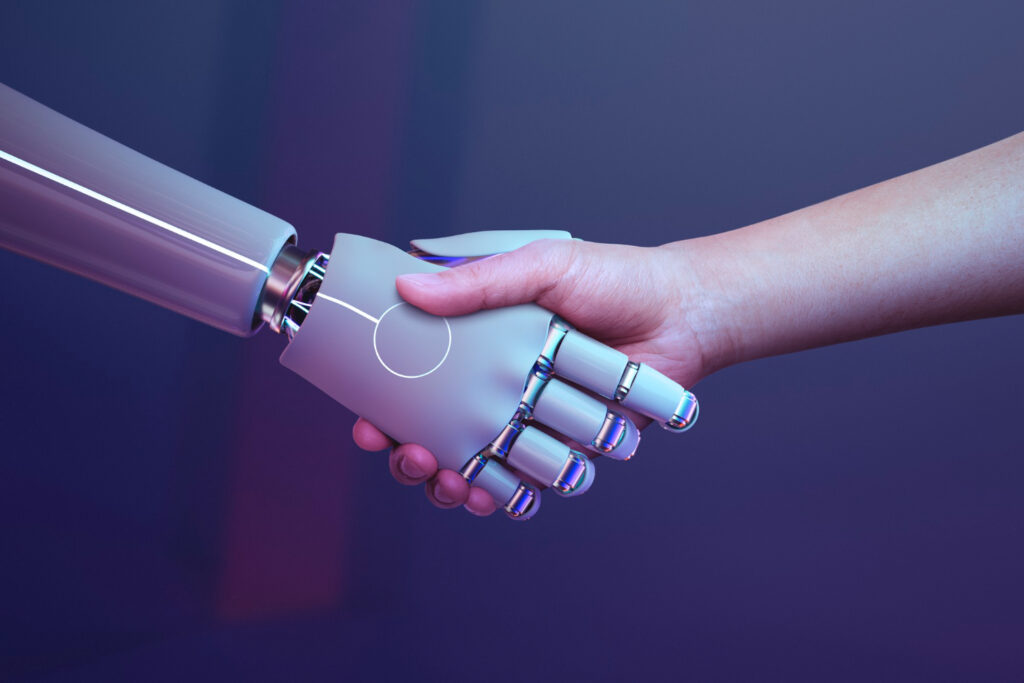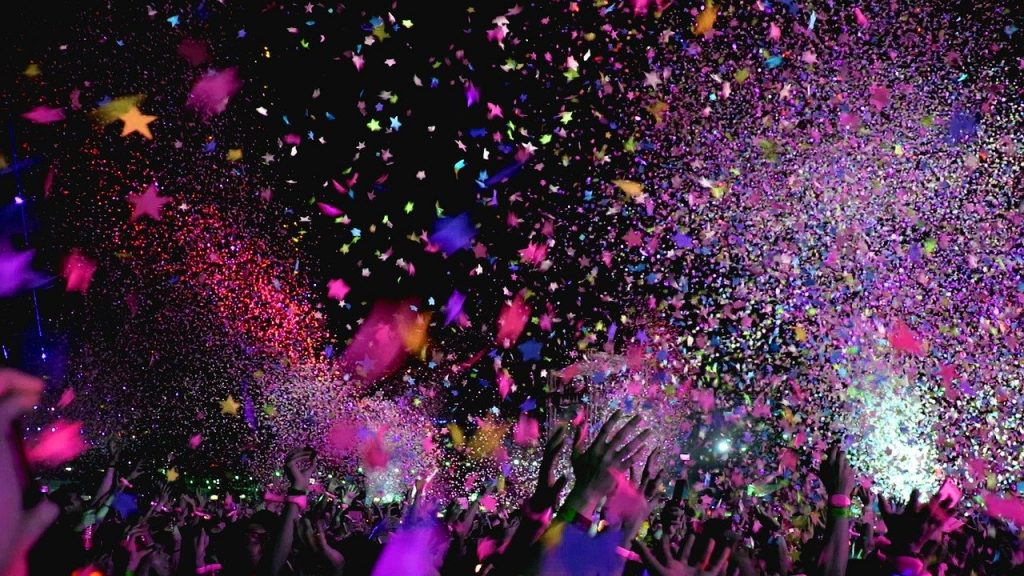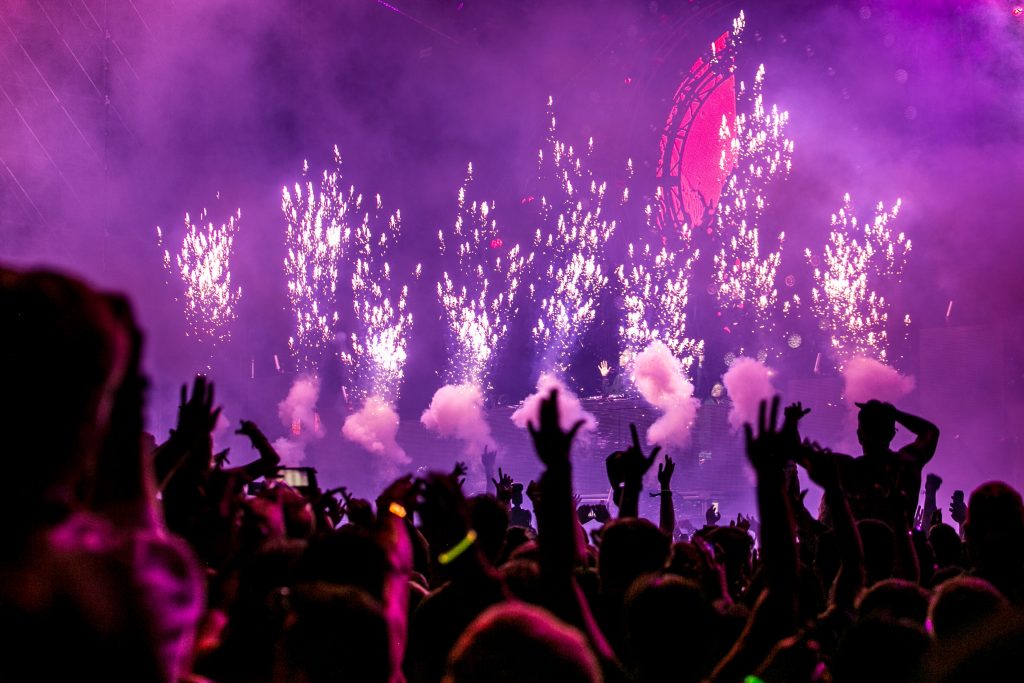
Will Artificial Intelligence take over the theatre?
Artificial Intelligence (AI) is rapidly transforming every industry, and the theatre world is no exception. From enhancing the audience experience to optimizing production elements, AI can revolutionize the way we create and consume theatre. If you’re a theatre professional, it’s time to start exploring the ways you can integrate AI into your work.
One of the most significant benefits of AI in theatre is the ability to personalize the audience experience. With the help of AI, you can analyze audience data to suggest shows based on their viewing history and preferences, create targeted marketing campaigns, and automate ticketing processes to make the entire experience seamless.
AI can also support actors and performers by analyzing their performance and providing real-time feedback on body language, facial expressions, and vocal tone. This technology can be a valuable tool for performers to improve their craft and create more engaging performances for audiences.
For designers, AI can help streamline the stage and costume design process by analyzing and synthesizing data on everything from body measurements to movement patterns. With this information, designers can create costumes that are tailored to each performer and stage sets that are optimized for maximum impact.
AI can even enhance the production process itself, by providing real-time optimization of soundscapes and music, automating backstage logistics, and even creating immersive experiences that respond to audience feedback.
Incorporating AI into theatre work may seem daunting at first, but there are many resources available to help you get started. There are a variety of AI-powered software platforms designed specifically for the performing arts, as well as consulting services that can help you identify the best ways to integrate AI into your work.
Here are the top ten ways AI is already being used by theatre practitioners:
- Improving audience experiences: Artificial Intelligence can be used to personalize the theatre-going experience, such as suggesting shows based on a user’s viewing history or preferences.
- Automated ticketing: AI can be used to streamline the ticketing process, from seat selection to payment processing, and even predicting which shows will sell out.
- Improving marketing and advertising: AI can be used to analyze audience data and target ads more effectively to potential theatre-goers.
- Enhancing stage design: AI can be used to design stage sets and lighting that are optimized for maximum impact on the audience.
- Improving costume design: AI can be used to design costumes that are tailored to the performer’s body type and movement style.
- Supporting actors and performers: AI can be used to analyze and provide feedback on an actor’s performance, including body language, facial expressions, and vocal tone.
- Automated script analysis: AI can be used to analyze scripts, identifying patterns and themes that can inform production decisions.
- Improving sound design: AI can be used to optimize soundscapes and music in real time, responding to audience reactions and performer actions.
- Enhancing stage management: AI can be used to manage backstage logistics, such as cueing sound and lighting effects.
- Creating immersive experiences: AI can be used to create interactive and immersive theatrical experiences that respond in real-time to audience input and feedback.
The integration of AI in theatre is about creating more engaging, personalized experiences for audiences and supporting performers and creatives in their work. As a theatre professional, it’s important to stay ahead of the curve and explore the many ways that AI can transform your work. By embracing this technology, you can create truly transformative experiences that push the boundaries of what theatre can be.






